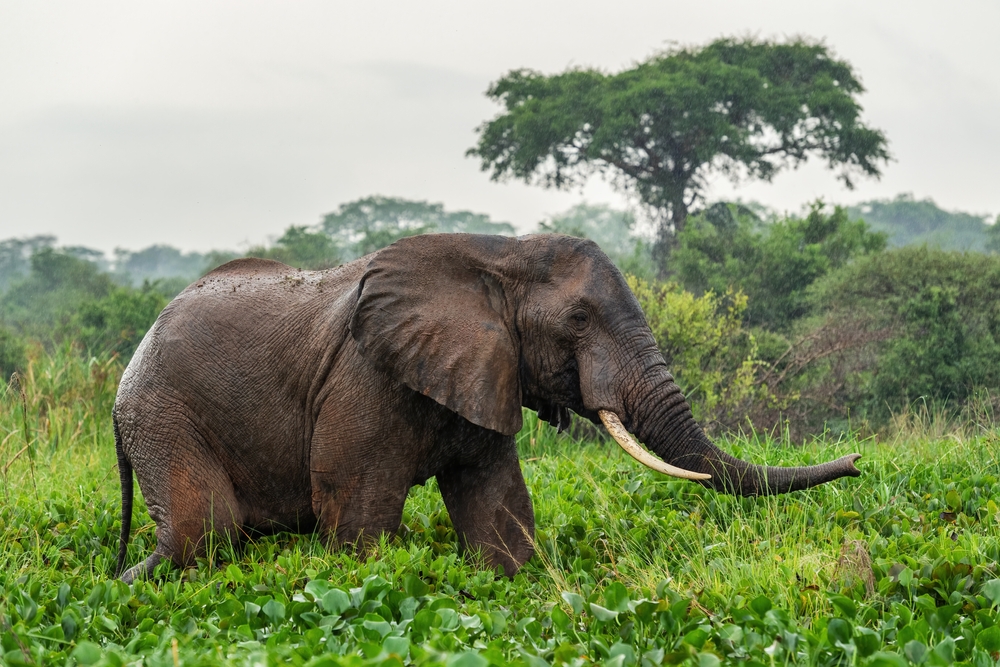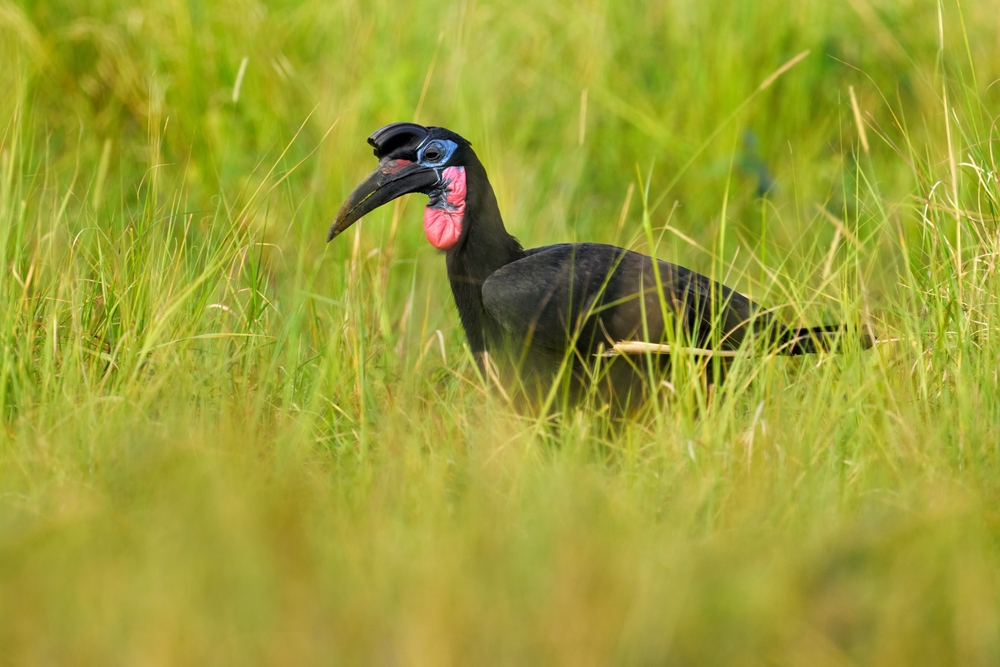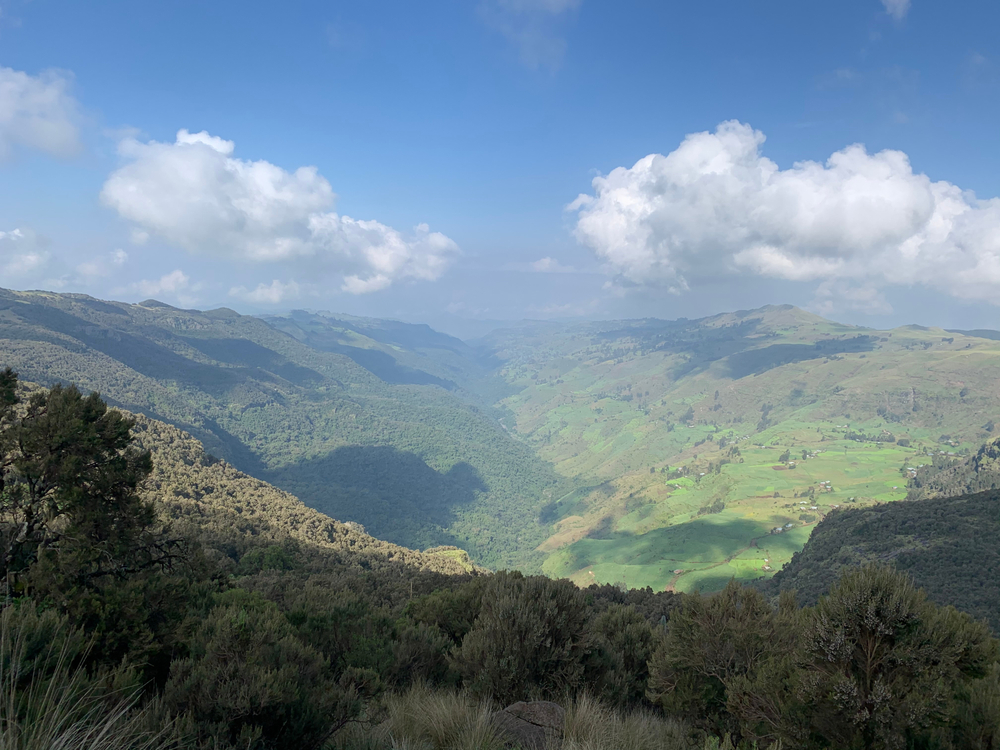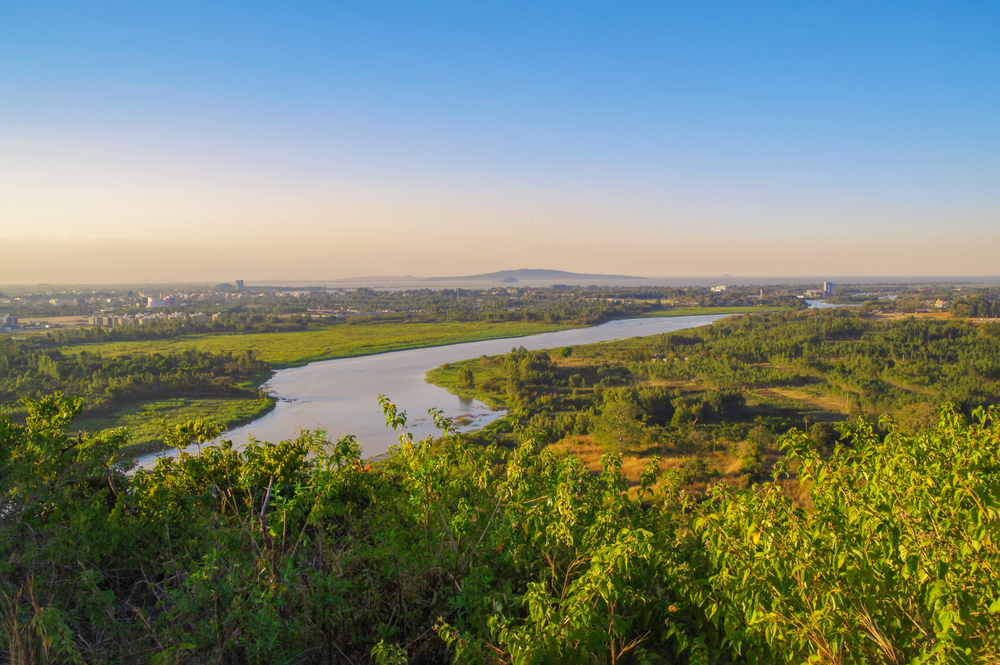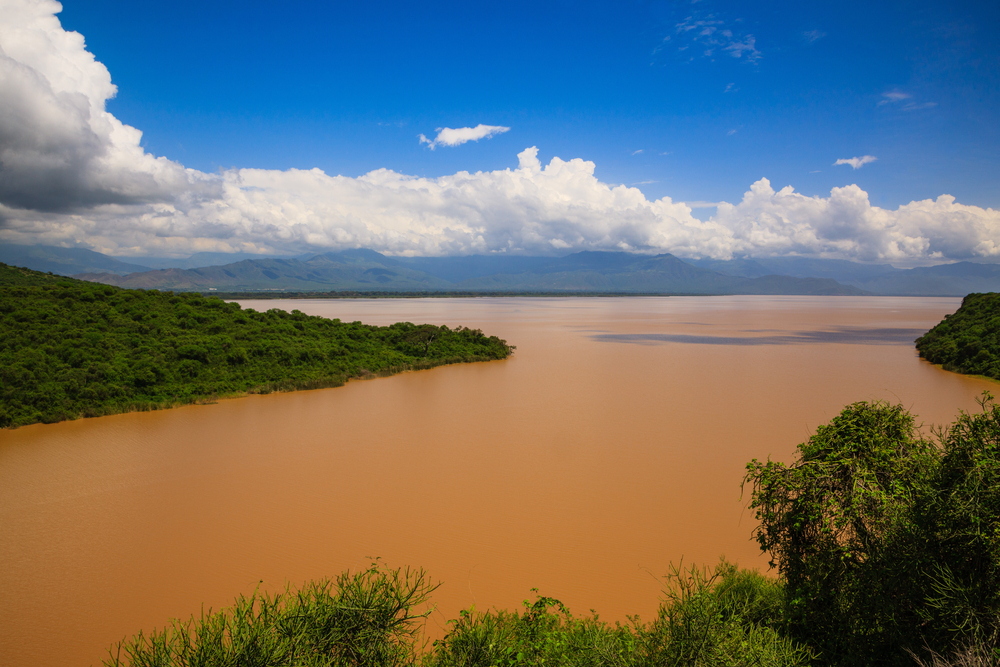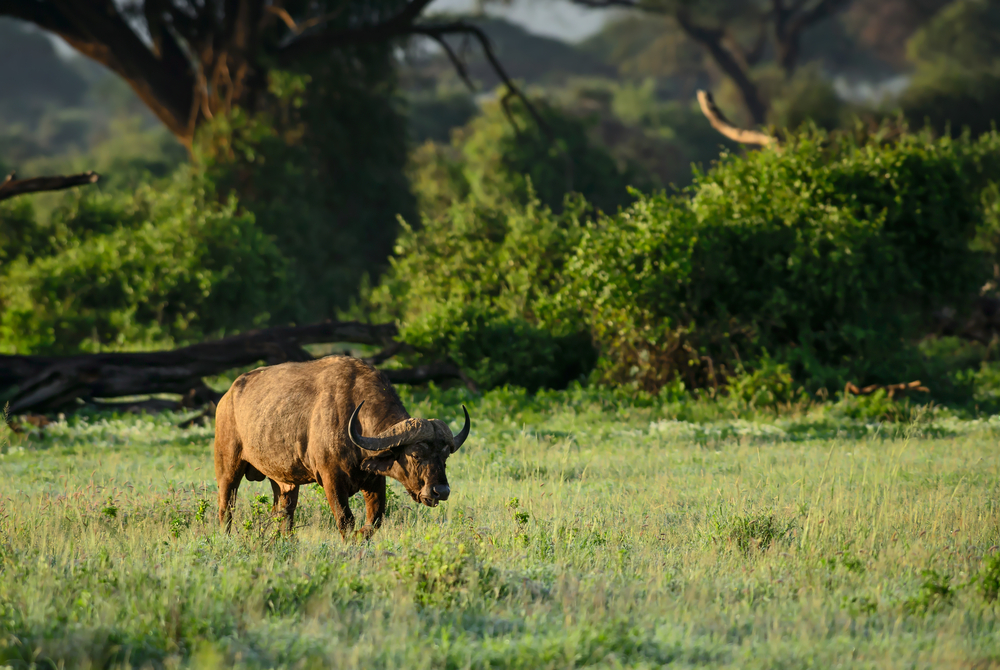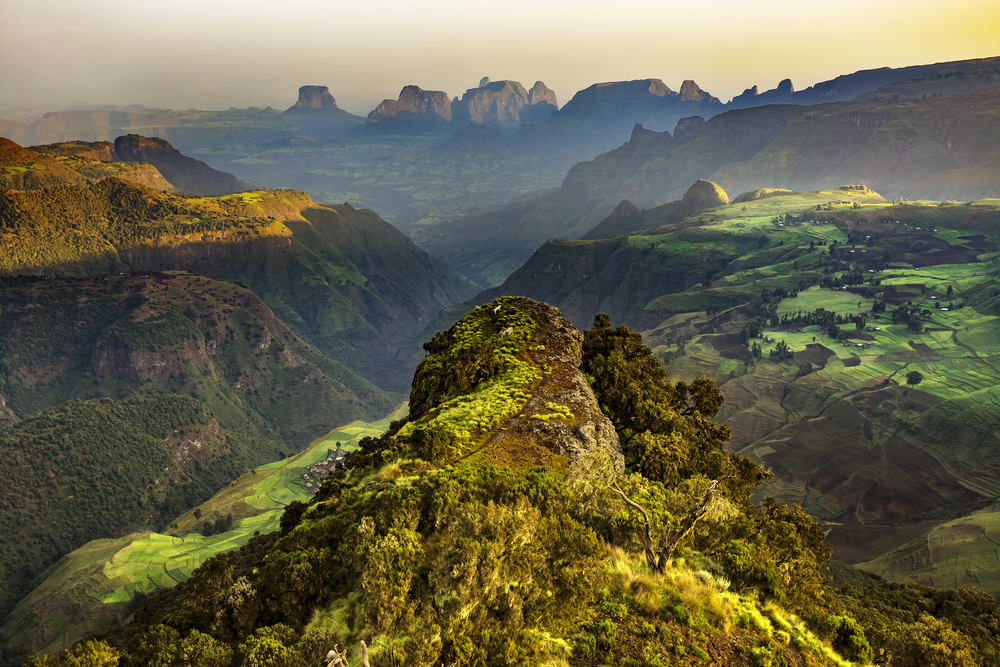Gambela Overview
Gambela National Park, located in western Ethiopia near the border with South Sudan, is one of the country’s largest and most ecologically significant protected areas. Locally referred to as “Gambela Natonal Park”, it spans approximately 5,061 square kilometers (1,954 square miles) and is situated in the Gambela Region. The park was established to conserve its rich biodiversity and protect the unique ecosystems of the Baro River Basin, making it a crucial area for both wildlife conservation and local livelihoods.
The terrain of Gambela National Park is characterized by vast floodplains, riverine forests, savannas, and wetlands. The Baro River, along with its tributaries, flows through the park, creating fertile floodplains that support a wide range of flora and fauna. During the rainy season, parts of the park become inundated, transforming into lush wetlands that provide critical habitats for aquatic and terrestrial species. Vegetation includes tall grasses, acacia woodlands, and dense riparian forests along the riverbanks.
Gambela National Park is renowned for its abundant wildlife, including one of the largest populations of white-eared kob in Africa. These antelopes undertake a spectacular seasonal migration that rivals the Serengeti’s great migration. Other notable species include elephants, Nile lechwe, buffaloes, and lions. The park is also home to hippos and Nile crocodiles, particularly in its rivers and wetlands. Birdlife is exceptional, with species such as the shoebill stork, African fish eagle, and carmine bee-eater making it a paradise for birdwatchers.
Visitors to Gambela National Park can explore its natural wonders through guided safaris, boat tours, and birdwatching excursions. The Baro River provides opportunities for scenic boat rides, where visitors can observe aquatic wildlife and the stunning floodplain landscapes. Walking safaris and cultural interactions with local communities, such as the Nuer and Anuak people, offer unique insights into the traditional practices and sustainable resource use of these indigenous groups.
Despite its ecological importance, Gambela National Park faces significant challenges. Poaching, agricultural encroachment, and overgrazing threaten its biodiversity and habitats. Human-wildlife conflict is another pressing issue, particularly as local communities rely heavily on the park’s resources for their livelihoods. Conservation efforts, led by the Ethiopian Wildlife Conservation Authority (EWCA) and supported by international organizations, focus on anti-poaching initiatives, habitat restoration, and community-based conservation programs. Promoting eco-tourism is also a key strategy to generate revenue and create awareness about the park’s significance.
Gambela National Park is a vital part of Ethiopia’s natural heritage and a testament to the country’s ecological diversity. Its vast landscapes, unique wildlife migrations, and cultural significance make it a critical area for conservation and an emerging destination for eco-tourism. Protecting this park ensures the survival of its ecosystems and supports sustainable development for local communities, reinforcing Ethiopia’s commitment to biodiversity conservation.








































































